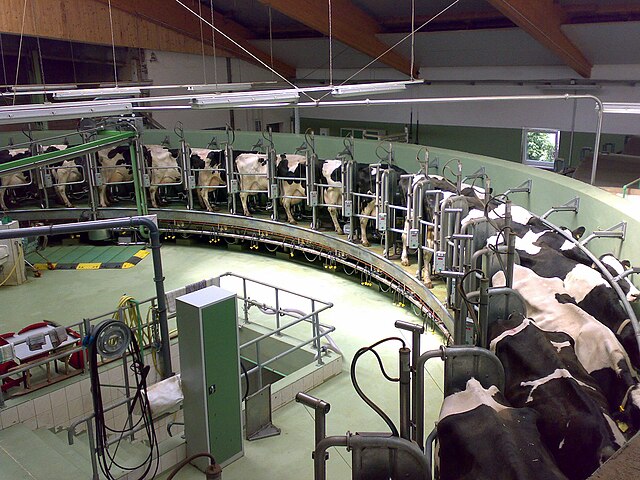
Proper storage of dairy products is essential to maintain their freshness, flavor, and safety. Unfortunately, many people unintentionally make common storage mistakes that can lead to spoiled or contaminated dairy items. These storage errors not only result in excessive waste, but they also jeopardize the flavor and nutritional content of dairy products. In today’s post, we will highlight the most common dairy storage mistakes and what should be the practical strategies to correctly store them, potentially extending the shelf life of the product. By following these instructions, you can guarantee that your dairy products remain fresh, safe to eat, and pleasurable for a prolonged length of time, maximizing their value and reducing food waste.
Improper Temperature Control:
One of the most common dairy storage mistakes is improper temperature control. Dairy products, such as milk, cheese, and yogurt, should be stored in a refrigerator at a consistent temperature of around 40°F (4°C). while other dairy items are best to keep inside the display chest freezer. Avoid keeping dairy items in the refrigerator door, as it is subject to temperature fluctuations due to frequent opening and closing. Instead, store them on the middle or lower shelves where the temperature remains more stable. Additionally, make sure to check your refrigerator’s temperature regularly using a thermometer to ensure it is properly calibrated.
Failure to Seal Properly:
Another common mistake is failing to seal dairy products properly after opening them. Exposure to air can cause dairy items to spoil faster and lose their flavor and texture. Always reseal containers tightly or transfer the contents to airtight containers if necessary. This will prevent moisture, odors, and bacteria from contaminating the dairy products, preserving their quality and freshness for a longer time. Be sure to label the containers with the date of opening to track their shelf life accurately.
Improper Storage of Cheese:
Cheese requires special attention when it comes to storage. Many people make the mistake of keeping cheese in its original packaging after opening, which can lead to moisture loss and mold growth. Instead, wrap cheese tightly in wax paper or parchment paper, then place it in a breathable container or resealable bag. This allows the cheese to retain its moisture while still allowing some airflow. Remember to store different types of cheese separately, as their flavors can easily transfer to one another.
Overstocking and Poor Rotation:
Overstocking the refrigerator or pantry with dairy products is a common mistake that can result in expired items. It is essential to purchase dairy items in quantities that can be consumed before their expiration dates. Additionally, practice the first-in, first-out (FIFO) method by placing newly purchased dairy products at the back of the refrigerator or pantry and moving older items to the front. This ensures that you use older products first, minimizing the chances of spoilage and waste.
Neglecting Smell and Texture Checks:
Regularly inspecting dairy products for unusual smells or changes in texture is vital for identifying spoilage. If milk smells sour or has a chunky texture, it is a clear sign of spoilage and should be discarded. The same applies to yogurt that has an off-putting odor or separation. With cheese, look for any signs of mold, discoloration, or an ammonia-like smell. Paying attention to these cues will help you avoid consuming spoiled dairy products and ensure the safety and enjoyment of your dairy items.
By being aware of these common dairy storage missteps and taking the necessary corrective measures, you can extend the freshness and quality of your dairy products. Remember to control the temperature, seal containers properly, store cheese correctly, avoid overstocking, practice proper rotation, and conduct regular smell and texture checks. By following these guidelines, you can maintain the flavor, safety, and enjoyment of your dairy items, promoting a healthier and more delicious culinary experience.




